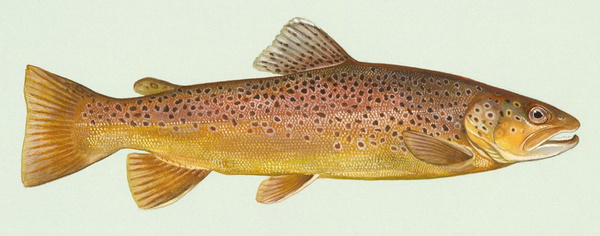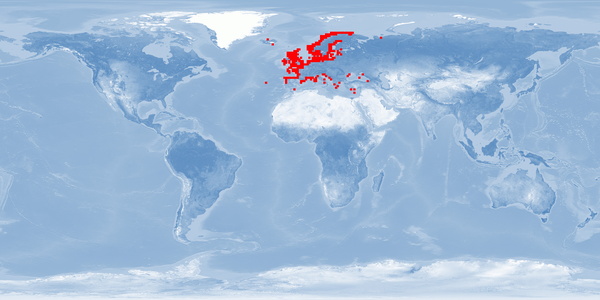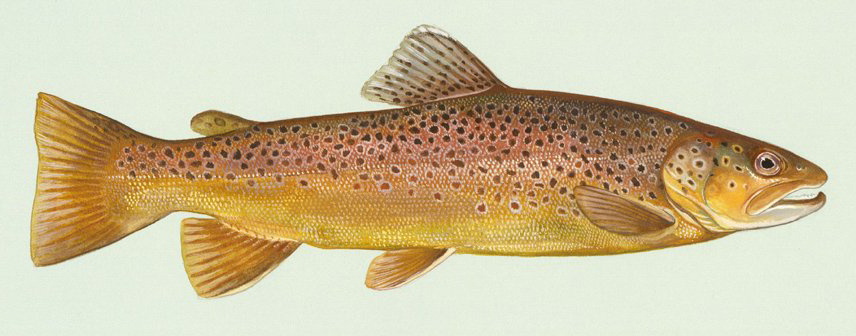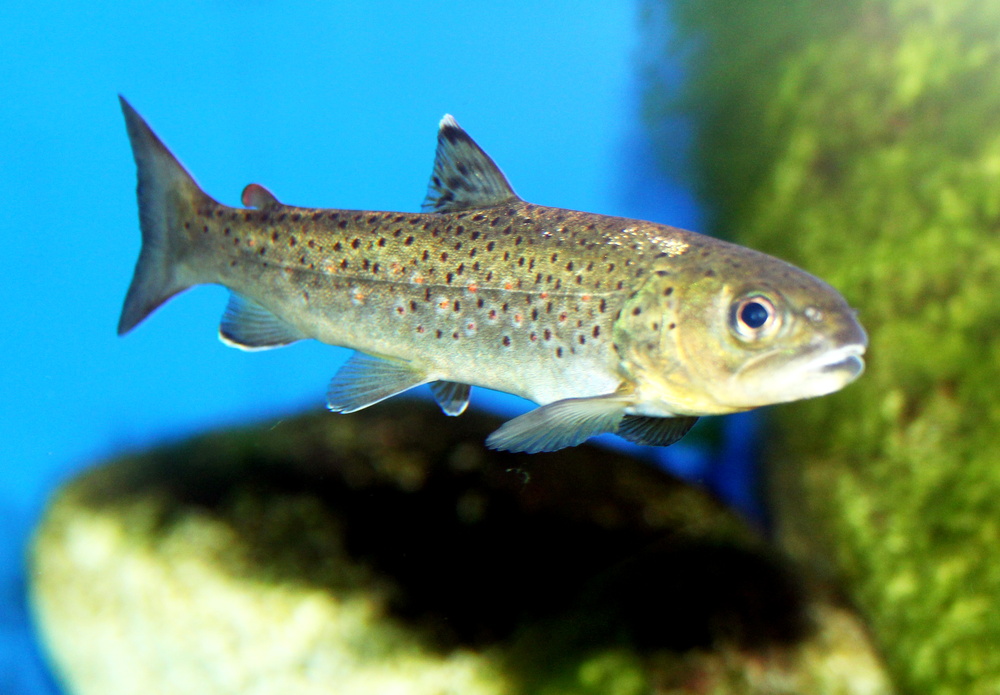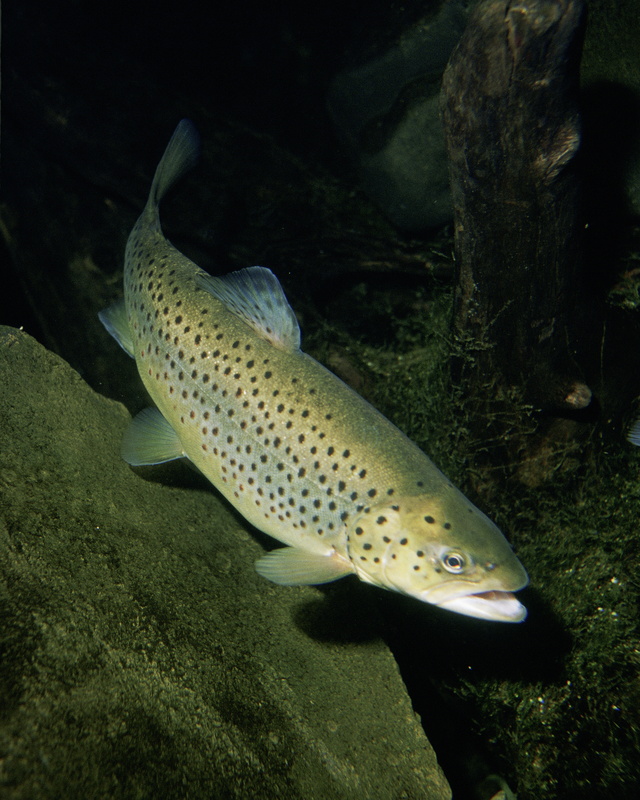Farming remarks
A variety of life-history strategies are known for Salmo trutta. This enhances the adaptability of the species to different environments and explains the success of the species' worldwide introduction. S. trutta populations can be strictly resident or anadromous, but often populations are partially anadromous, where a fraction of the populations migrate to the sea and the other fraction remains resident. The S. trutta production is insignificant compared to other Salmonidae; generally, production is destined for restocking, recreational fishing, and local consumption (mainly a niche market). In general, there is limited information on current farming conditions making it difficult to assess this species' potential when cultured in captivity. However, some biological aspects such as substrate needs and reproduction without manipulation can be considered welfare limitations to keep this species in captivity. To bridge the lack of information on welfare improvement in this species, the available information in related species such as S. salar may be a good starting point, but needs further research for validation.
For details see: WelfareCheck | farm




